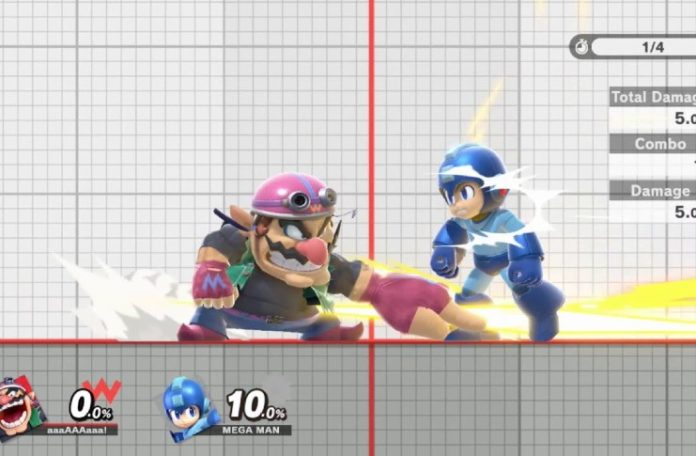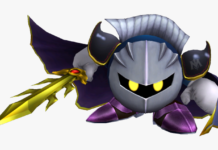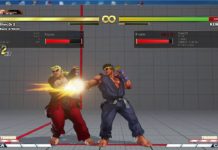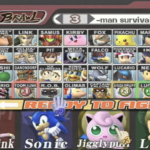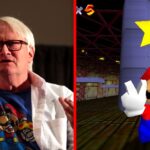When you start to dive into competitive Super Smash Bros., the term “hitstun” will become more and more prevalent. If you’ve ever watched a Smash tournament stream, you’ve probably heard the commentators mention hitstun but didn’t quite know what they were talking about.
We’ve got all the info to explain it here, such as what exactly hitstun is, what it means in competitive play, and how it differs across Smash games.
What Is Hitstun?
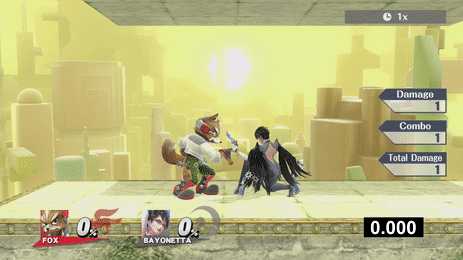
Hitstun is the brief period of time after being hit by an attack where a character is unable to do anything. How much time a character is in hitstun is directly related to how much knockback the move they were hit with has; a stronger move will give more hitstun than a weak move.
It should be noted that while you can’t throw out a move, jump or dodge while in hitstun, you still have some options that can make your life easier while in hitstun: you can use directional influence (which is when you use the control stick to influence where your character will end up upon being hit) and you can tech.
Every Smash game has a programmed value for hitstun, with a multiplier based off the amount of knockback received, and this determines how long a character is in hitstun.
What Is The Importance Of Hitstun?

Hitstun is the foundation of all “true” combos in Smash; in order for a combo to be consistent and unavoidable by dodges/counterattacks, the combo must be done while the other character is in hitstun.
As such, combos will oftentimes be quicker moves that have less knockback so that characters don’t get knocked too far away, while also offering enough hitstun so that you can continue to hit the opponent with attacks. Stronger moves might do more damage individually and do a lot of hitstun, but they have a lot of cooldown and can knock opponents too far away so that the hitstun will wear off before you can follow up.
This is where knowledge such as frame data comes into play when discovering combos: frame data tells you how fast moves come out, how long the cooldown is, and if you’re able to connect certain moves in the right time frame. In short, frame data tells you what is possible to do with your character. Combine this with hitstun on these different moves, and you have the basis for discovering a character’s combo game.
Hitstun is also crucial to learn because it can give you the upper hand in knowing what the other character can do: if you know their hitstun is about to wear off before you can follow up, you can be prepared for any counterattack or defensive move that they might toss out. It allows you to keep the pressure on and never give them room to breathe.
Hitstun Across Smash Games

Hitstun across Smash games will differ, with the original Super Smash Bros. having the highest hitstun modifier in the entire series; because of this, the game has a reputation for a deadly combo game where one hit can mean an entire stock. This can lead to some neutral-heavy matches, as well as some campier endeavors.
Notably, Super Smash Bros. Brawl is a game where the combos are few and far between. This was often attributed to a lack of hitstun, but this is false: Brawl actually has the same hitstun modifier as Super Smash Bros. Melee. The reason Brawl has less combos than Melee is due to “hitstun canceling,” where a character can airdodge or dish out an attack after a set number of frames regardless of how much hitstun they’re supposed to be in. This means that essentially all “true” combos aren’t possible as they normally would be.
Hitstun is an essential aspect of combos in Smash, and it can become a real science to try and learn about it in depth. With practice, knowing what you can do when a character in is hitstun (and what your options are when you yourself are in hitstun) will become second nature.


